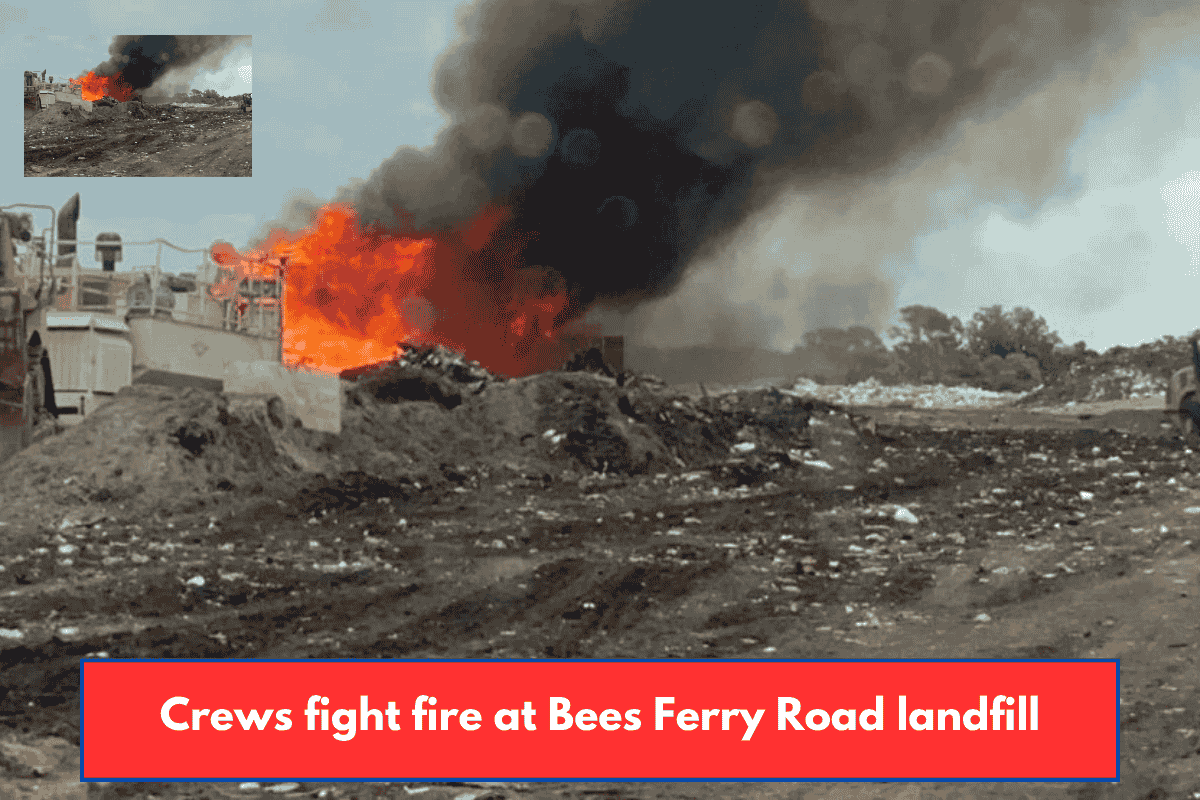A recent national report on beach water quality, titled “Safe for Swimming?”, has raised concerns about the safety of several South Carolina beaches, particularly regarding bacteria levels. The study, conducted by Environment America, found that many South Carolina beaches exceeded safety thresholds for bacteria, potentially putting swimmers at risk.
Sullivan’s Island and Bacteria Concerns
One of the key findings from the report was the potential danger of swimming at Sullivan’s Island. The report highlighted that, based on a limited number of tests, Sullivan’s Island exceeded the safety threshold for bacteria on four out of 12 testing days in 2024. However, the South Carolina Department of Environmental Services (SCDES) disagrees, noting that their testing methods are more conservative and that Sullivan’s Island meets the state’s standards for water quality.
SCDES conducts water quality tests every two weeks between May 1 and October 1. They use a stricter safety standard for Enterococcus bacteria of 104 MPN/100mL, compared to the federal EPA recommendation of 110 MPN/100mL. This more conservative approach is designed to be more protective of public health.
Differences in Safety Thresholds
The Environment America’s report uses an even stricter threshold of 60 MPN/100mL for determining unsafe water quality. SCDES has expressed concerns that Environment America’s assessment approach does not align with either South Carolina’s or the EPA’s recommended standards. According to SCDES, the state’s guidelines are designed to ensure safe swimming for the public, while the national report uses a different, more rigid benchmark.
Bacteria Levels and Weather Patterns
Both Environment America and Charleston Waterkeeper, a local environmental group, have pointed out that bacteria levels in beach waters can spike after rainfall and floods. Andrew Wunderley, the Executive Director of Charleston Waterkeeper, explained that events like sewer overflows, septic tank failures, and runoff from pets and wildlife contribute to the increase in bacteria after storms.
Wunderley emphasized the importance of maintaining and improving sewage infrastructure to help reduce bacteria levels. “There are communities across the country investing in fixing their sewage infrastructure, expanding capacity, and addressing leaking septic systems,” he said. These improvements can help lower bacteria levels in local waterways and make swimming safer.
The Role of Infrastructure and Public Awareness
John Rumpler, Clean Water Director at Environment America, also pointed to infrastructure problems as a major contributor to water contamination. Both experts stress the importance of well-maintained and resilient sewer systems. Wunderley further encouraged people to clean up after their pets and ensure their septic systems are properly maintained to prevent water contamination.
Before heading to the beach, Wunderley advises checking the current water quality data for the area. Both SCDES and Charleston Waterkeeper regularly post bacteria test results online, allowing the public to stay informed. If bacteria levels exceed the state’s threshold, SCDES will issue advisories, which could be either long-term or short-term warnings depending on the severity of the issue.
The Need for Investment in Water Infrastructure
Rumpler concluded by emphasizing the importance of improving water infrastructure to ensure that our beaches remain safe for swimming. “Nobody wants to go swimming with their family and have their kids getting diarrhea, rashes, or ear infections. That’s no fun for anyone,” he said. “We need to come together and invest in fixing our water infrastructure to make sure our water can always be safe for swimming.”














